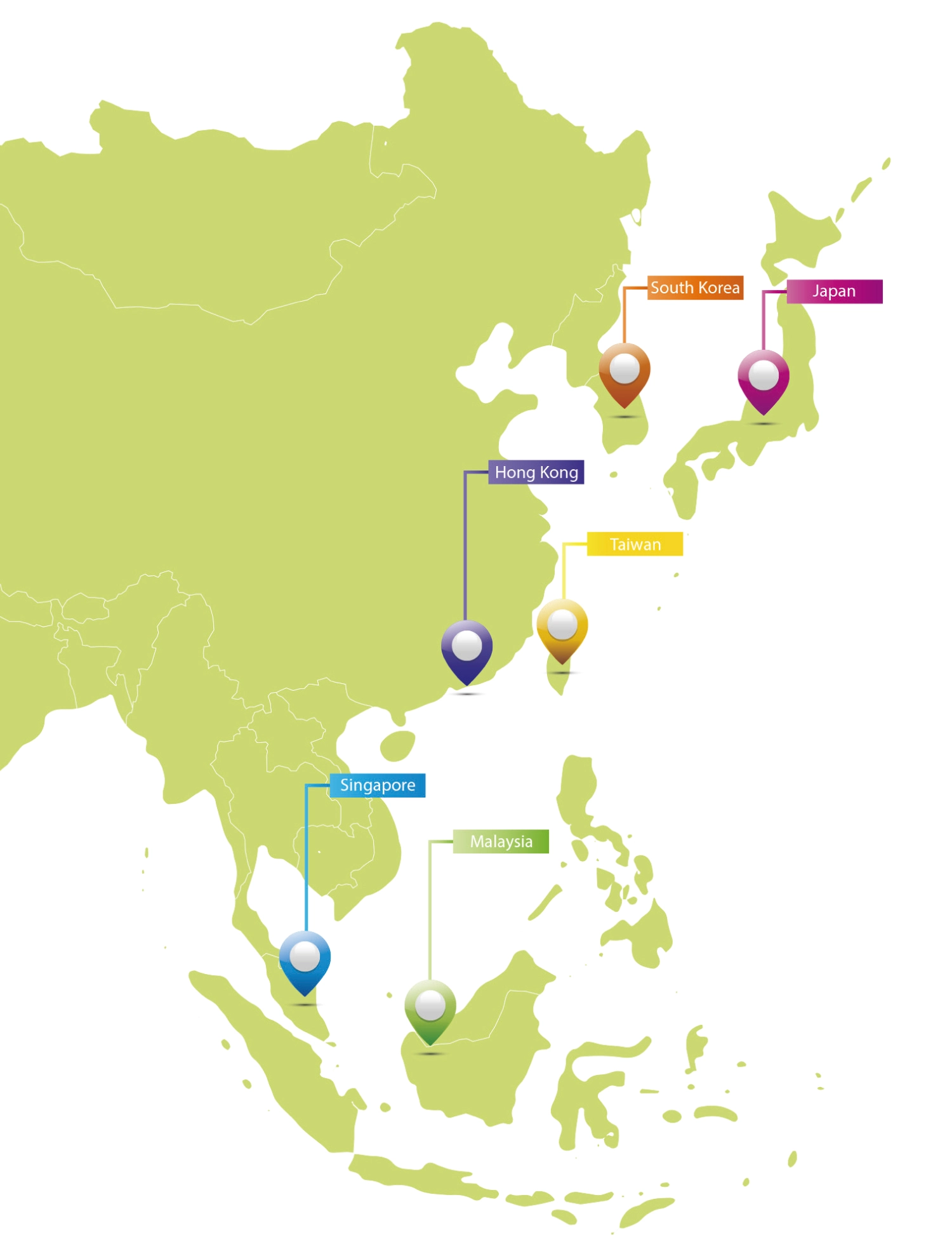The Global Travel Market
Overview of the Global Tourism Market
In 2022, global inbound tourist arrivals recovered to 63% of the pre-pandemic (2019) level, exceeding 900 million visitors. This was double the 2021 level, indicating a better than expected rebound in the international tourism industry. Europe remained the largest tourist destination globally, with over 585 million inbound visitors in 2022, or 79% of the pre-pandemic level. Inbound visitors also recovered strongly in the Middle East, with 2022 arrivals reaching 83% of the pre-pandemic level. In Africa and the Americas, inbound visitor numbers returned to about 65% of the pre-pandemic level. The recovery was slower in the Asia-Pacific region, where stricter COVID-19 restrictions limited inbound visitor numbers to just 23% of the pre-pandemic level. This reduced Asia's share of international tourist travel from 25% in 2019 to 9% in 2022, according to the United Nations World Tourism Organization (UNWTO).
The global tourism market continued to recover in 2022. Global airline revenue passenger kilometers (RPK) increased by 41.3% in November that year compared to the same month in 2021, reaching 75.3% of the pre-COVID (2019) level. In the same comparison periods, international passenger traffic grew by 85.2% to reach 73.7% of its level in November 2019. Passenger numbers on major international air routes continued to recover, approaching pre-pandemic levels. In November 2022, the global passenger load factor (PLF) remained above 80%, with the international PLF at 80.9% and the domestic PLF at 80.7%. RPK among Asia-Pacific airlines continued to grow strongly, gaining 373.9% year-over-year (YoY) in November 2022 and recovering to 49.5% of the November 2019 level. The lifting of travel restrictions accelerated international RPK growth from the Asia-Pacific region to other regions. Europe's international RPK in November 2022 gained 45.3% YoY, leaving volume just 17.1% short of the November 2019 level. During the same comparison period, Latin America international RPK grew 59.2%, just 15.9% short of recovery to the 2019 level; North America's international RPK led the global market recovery with a 69.9% gain to reach 93.9% of the volume in November 2019. The Middle East's international RPK grew by 84.6% YoY in November 2022, and unchanged compared with October 2022. Africa's international RPK increased by 83.5% compared to November 2019, leaving it 20% short of the November 2019 level, according to the International Air Transport Association (IATA).
The global tourism industry began to recover in 2022. In that year, the three cities that had the highest GDP contribution from tourism were: 1) Paris, France (US$36 billion), 2) Beijing, China (US$33 billion), and 3) Orlando, USA (US$31 billion). This is based on data from the World Travel & Tourism Council's (WTTC) "Cities Economic Impact Report for 2022." The report also estimates that the GDP contribution of tourism has surpassed pre-pandemic levels in 10 of the 82 cities analyzed in the report. These include Doha, Qatar (21% above the pre-pandemic level) and Warsaw, Poland (+14%). In 2022, tourism industry employment returned to or exceeded its 2019 level in 11 cities, including Rio de Janeiro, Brazil (18% above the 2019 level), Johannesburg, South Africa (+13%), and Chicago, USA (+13%).
Overview of Asian Tourism Markets
Inbound visitor numbers rebounded in 2022 amid a broader tourism recovery.


